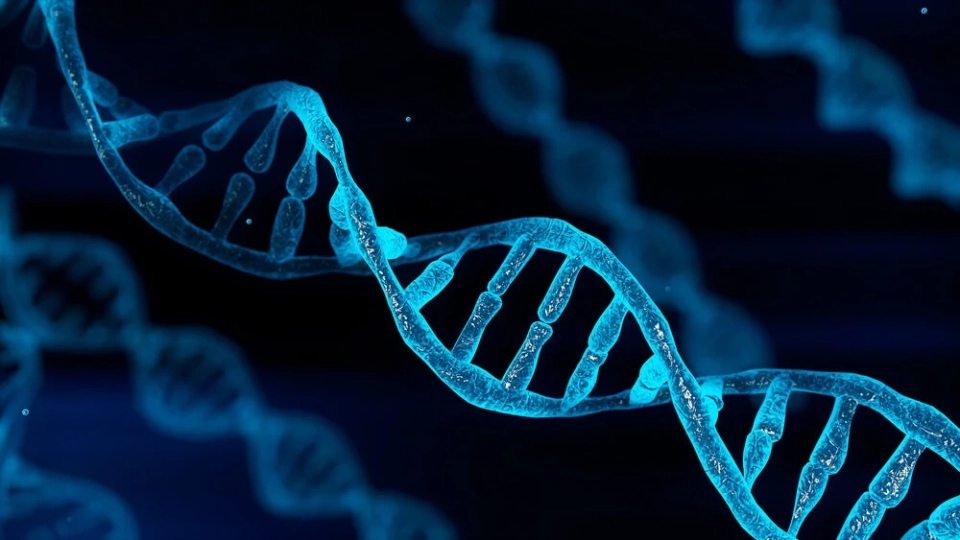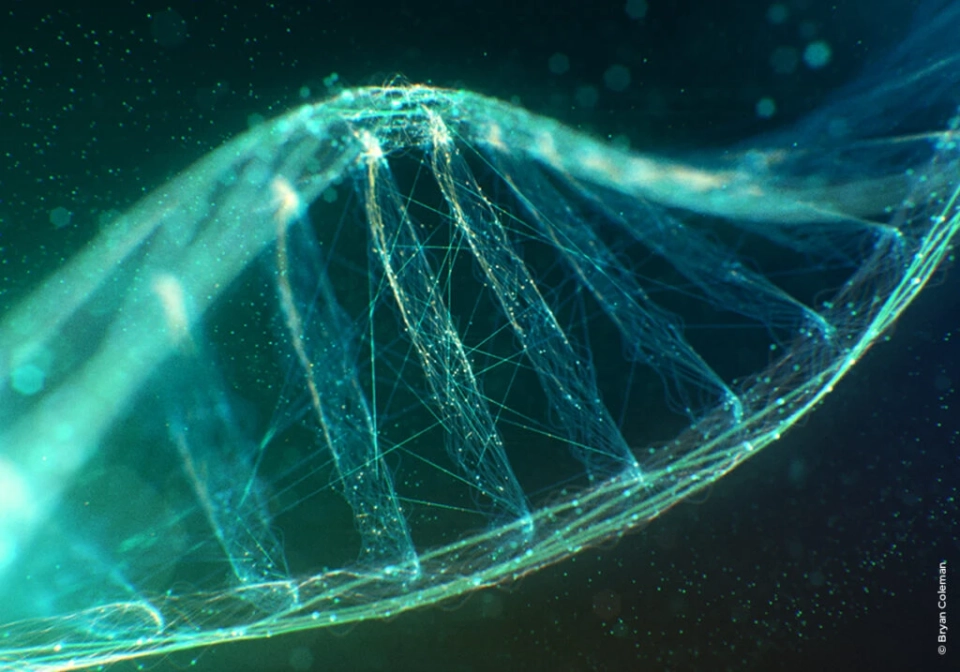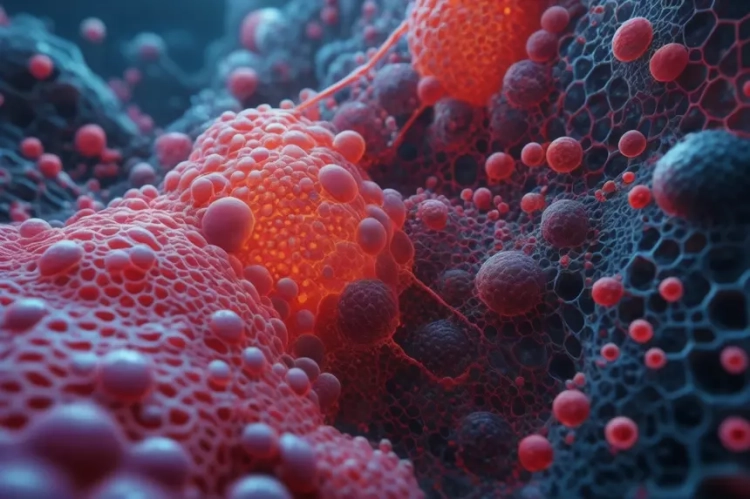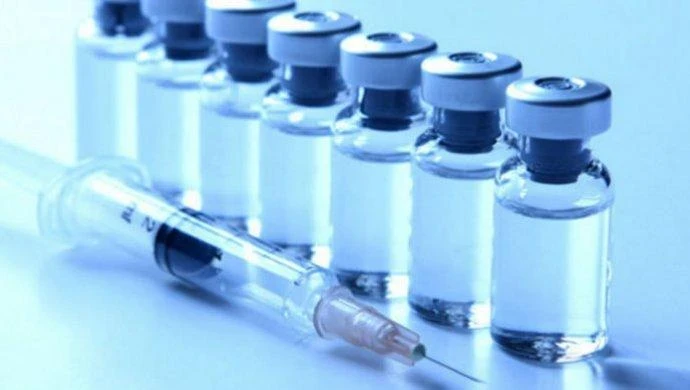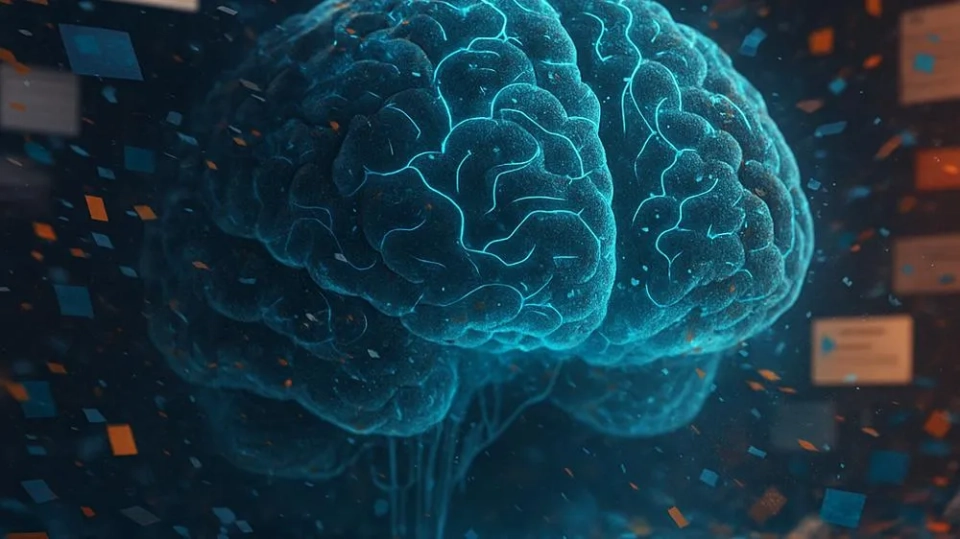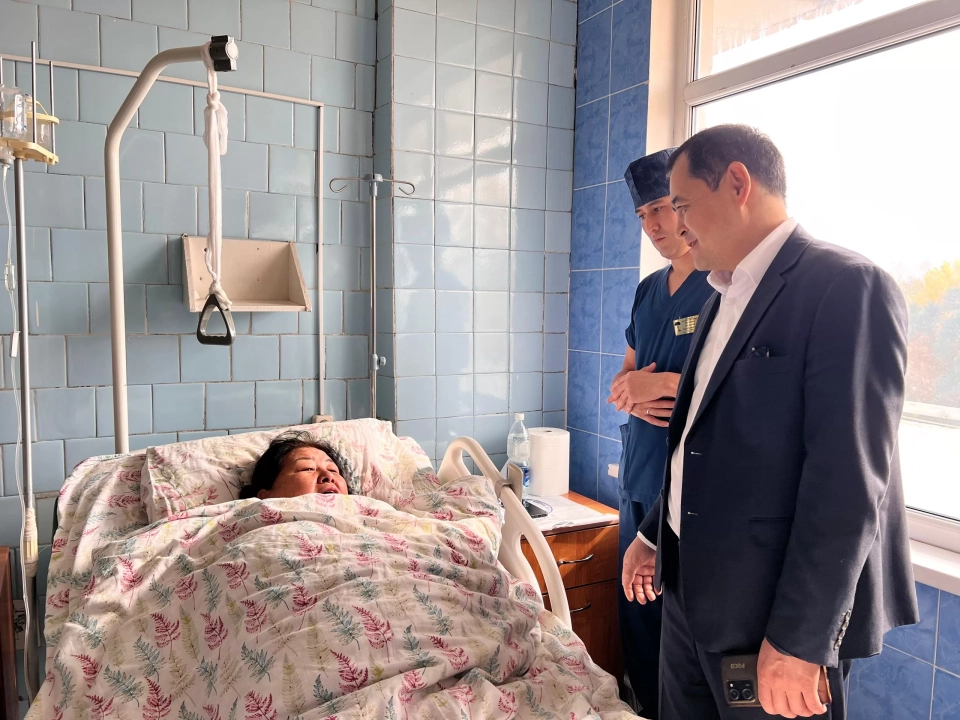- The findings of this research were published in the journal "Republic".
Scientists studying autism are striving to understand how genetic factors influence the diversity of manifestations of this condition, which may lead to more effective diagnosis and treatment. Autism has a significant hereditary predisposition; however, genetic testing has only been able to explain it in 20% of patients. Nevertheless, interesting advances have been made in this area this year.
Differences Between Early and Late Autism
An article in Nature describes a study conducted based on genetic data from over 45,000 individuals from the USA, UK, Europe, and Australia.
The study found that children diagnosed with autism early (before the age of six) face numerous behavioral problems in childhood, but their condition stabilizes over time. In contrast, children diagnosed later (after the age of ten) often experience worsening behavioral issues as they age, and may develop other mental disorders such as depression and PTSD.
How can this be explained? Scientists created a genetic predictor that was able to account for differences in the age of diagnosis by 15%, which is a significant indicator. This led to the suggestion that the age of diagnosis may indicate a subtype of the disorder.
Furthermore, researchers discovered that the genetic profiles for "early" and "late" autism hardly overlap, indicating the presence of two distinct conditions with different genetic origins.
These conditions have different comorbid disorders. "Late" autism is often associated with a high risk of depression and PTSD, which may be influenced by social factors and a lack of support in childhood; for example, children with this diagnosis often become victims of bullying at school. Individuals with "late" autism also frequently exhibit genetic traits associated with ADHD, complicating their differentiation.
Developmental delays typically prompt parents to seek medical help for "early" autism, while the "late" variant may be accompanied by normal development, not causing significant problems until adolescence, when social difficulties become apparent.
It is worth noting that the timelines for diagnosing autism can vary across different countries, depending on cultural factors, the availability of medical resources, and the level of public awareness. Therefore, the age of diagnosis does not always indicate the type of autism, and the "early" type can also go unnoticed. Nevertheless, timely diagnosis of "early" autism can significantly alleviate symptoms through intervention, while the symptoms of "late" autism tend to worsen.
Four Groups — Four Genetic Profiles
Another study published in Nature Genetics in July of this year revealed the diversity of autism manifestations in children and proved the existence of several subtypes, each with its unique genetic profile.
Researchers from Princeton University and the Simons Foundation analyzed data from over 5,000 children with autism, using a computational model to group children by their characteristic traits. The model considered over 230 characteristics, including social interactions and repetitive behaviors. However, the task of finding clear genetic links to individual traits was not set.
This approach allowed for the identification of several clinically significant subtypes of autism, which were associated with different genetic profiles and developmental pathways. The researchers identified four subtypes, each differing in biological, medical, and behavioral characteristics, as well as comorbidities.
The first group — social-behavioral: children develop at a pace comparable to their peers but experience social difficulties and exhibit repetitive behaviors. They are often diagnosed with ADHD, anxiety, and depression. This group comprised 37% of the study participants.
The second group includes children with mixed autism and developmental delay. These children develop more slowly but typically do not show signs of anxiety or depression. Repetitive behaviors and social problems may manifest to varying degrees, and this group made up about 19% of participants.
The third group consists of children with moderate issues: they have repetitive behaviors and social difficulties, but to a lesser extent than other groups, and do not have comorbid mental disorders. This group accounted for approximately 34% of participants.
The fourth group — children with a wide range of disorders, including developmental delays, social interaction and communication problems, as well as comorbid mental disorders such as anxiety and depression. This is the smallest group, comprising about 10% of participants.
This study employed an approach different from traditional methods of searching for genes, linking autism subtypes to various types of genetic mutations and biological pathways.
For example, the group with a wide range of manifestations demonstrated the highest proportion of de novo mutations, which are not inherited from parents. The group with mixed autism and developmental delay, on the other hand, more frequently carried rare inherited genetic variants. Although children from both groups share common traits, such as developmental delay, genetic differences indicate different mechanisms underlying outwardly similar clinical manifestations.
It was also found that autism subtypes differ in the timing of genetic disruptions' impact on brain development. Genes are activated at specific moments, influencing various stages of development. In the group of children with social and behavioral problems, who do not exhibit developmental delays and were diagnosed late, mutations were found in genes that activate after birth.
There are many adults who received an autism diagnosis only after reaching adulthood. This "late-diagnosed autism" is often accompanied by depression, attention issues, and hypersensitivity, and in women, developed social masking, which complicates the awareness of their own neurodifferences. It is possible that in the future, this variant will be distinguished as a separate syndrome or nosological unit.
A deeper understanding of genetic factors and clinical prognosis, including the connection of "late" autism with other mental disorders, may aid in the diagnosis and support of individuals with autism. The next step for researchers is to understand how the biological aspects of "late" autism interact with social conditions and how to help individuals with autism avoid bullying in school and other issues.


